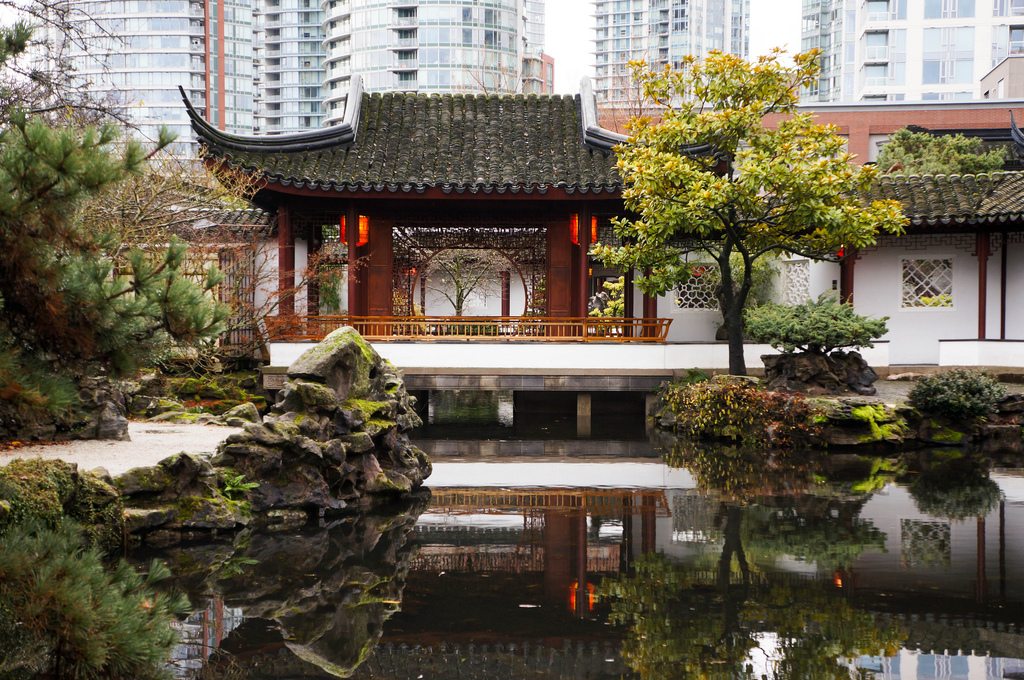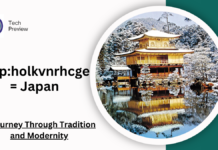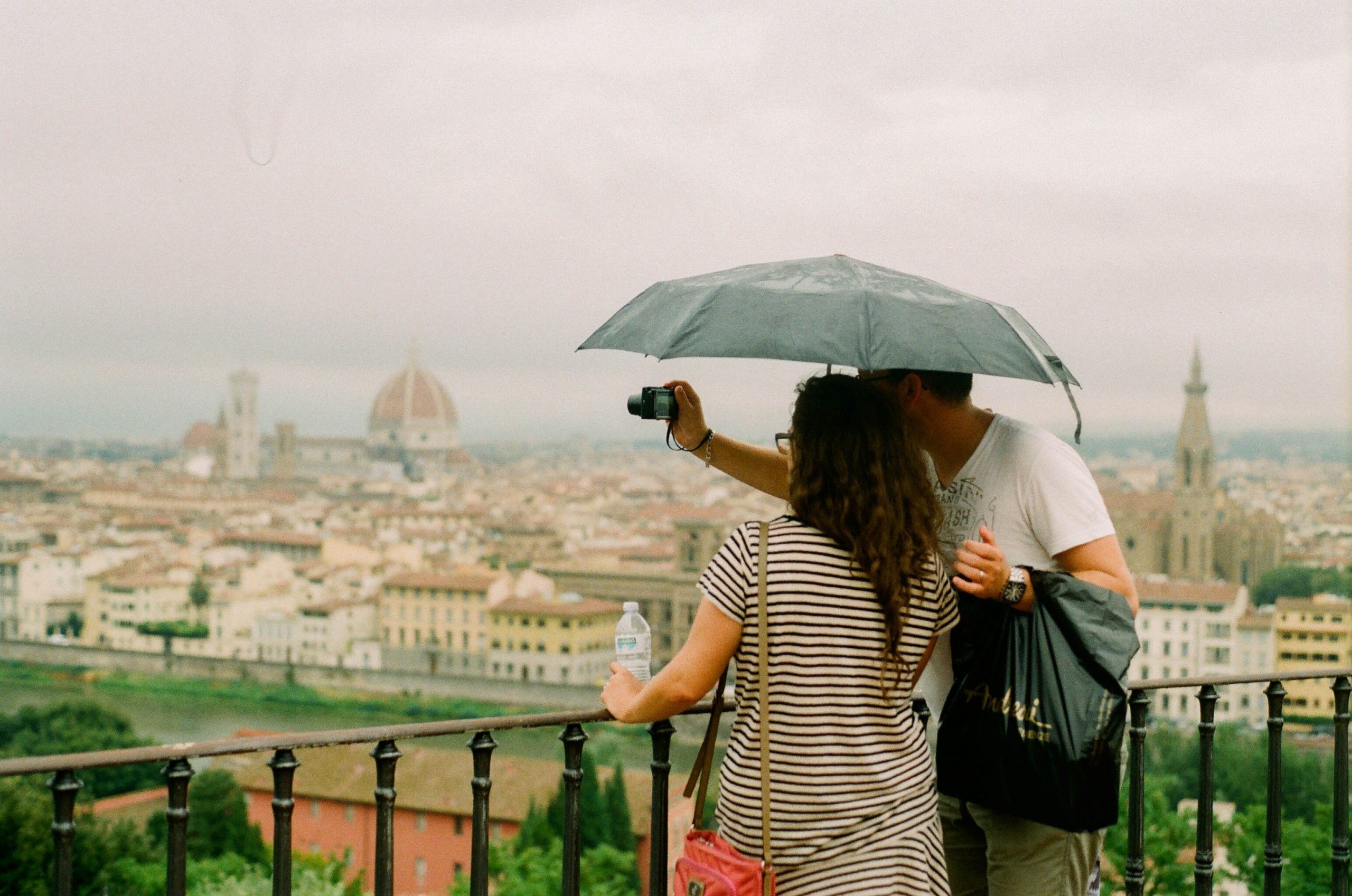An often hidden, unnoticed jewel of not only Chinatown, but ultimately of North American horticulture and gardening, the Sun Yat-sen Classical Chinese Garden is a not-for-profit organization that aspires to preserve and enhance understanding and appreciation of culture between Chinese and Western cultures.
Modelling Vancouver’s Garden after Suzhou, China Gardens
Modeled after private classical garden-homes in the city of Suzhou during the Ming dynasty (1368-1644), the Classical Chinese Garden is a unique venue that provides culture experiences for visitors and the community through a lively series of events, cultural exchanges, educational programming, and of course, garden tours. It took approximately fifty-two artisans from Suzhou over one year in Vancouver to construct the Garden.
Sun Yat-sen as the Father of Modern China
Because Sun Yat-sen took part in the overthrow the preceding Manchu dynasty and helped usher in the modern Chinese republic becoming its first President, Sun is often considered the “father of modern China.” Moreover, because Sun had grown up in Hawaii, was very much an overseas Chinese American, and had travelled across the world’s Chinatowns in an effort to raise money and support – including three times in Vancouver – staying in the Chinese Freemasons lodge on the corner of Pender and Carrall Street which is located directly across the current day Sun Yat-sen Garden.
Why a Ming Dynasty Garden?
Because for centuries, the Chinese have sought inspiration and self-knowledge in nature, Chinese gardens are meant to reflect and inspire from the natural world. Because land has always been expensive in cities, urban gardens have historically been small, and because of the premium, Chinese gardens are cleverly constructed in ways in which garden designers lead the visitor from one unique vantage point to another, constructing an illusory view in which the garden is more spacious than it is actually.
The Four Elements of a Classical Chinese Garden
Chinese Gardens are traditionally built upon four main elements: architecture, rocks, water and plants, each playing a vitally important role in attaining balance and harmony in the garden.
Water as Jade-Coloured Beauty
Usually featuring a central jade-coloured pond and several offshooting streams, gardens often have the softness of water to balance the solidity of the rocks, while also acting to reflect the constantly changing sky above. Coy, goldfish, carp, and mandarin ducks often complement the goal of the design — which is beautiful scenery, with a surrounding ambience that is quiet and cool – a landscape serene unlike no other.
Architecture through Mortise and Tenon
Often formed using an ancient method of construction called mortise and tenon, gardens are often formed using traditional joinery method very much like piecing together a jigsaw puzzle which requires no nails, screws, or glue. Such Chinese architecture of a garden consists of pavilions for various purposes, walkways, and outer and inner walls, which often have moon-shaped doorways and small windows to capture the full elegance and depth of the garden from all vantage points.
High Culture in Upper Chinese Society
In all, the Chinese Garden is often cherished in Chinese society as being associated with leisurely culture in upper class households, particularly as it represents high culture and significant with symbolism and meaning. Interestingly, while traditional Chinese city planning have historically been viewed as plain, regimented and predictable, the classical Chinese garden in contrast signified an environment free of these constraints, one that was spontaneous, complex, and philosophical.









